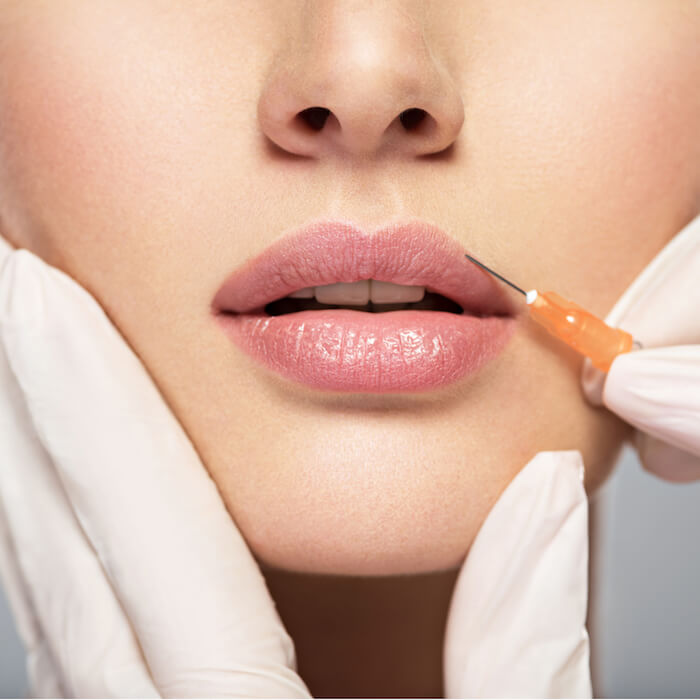When it comes to skincare, we’re always on the lookout for innovative ingredients that can transform our skin. One such ingredient that has captured the attention of skincare enthusiasts is snail mucin. To shed light on the benefits of snail mucin in your skincare regimen, we’ve teamed up with dermatologists Dr. Deepak Jakhar and Dr. Ishmeet Kaur. Let’s dive into this fascinating world of skincare!
Q1: What exactly is snail mucin? Is it safe for our skin?
Dr. Deepak Jakhar: Snail mucin is a secretion produced by snails to protect and heal their skin. It’s rich in nutrients, hyaluronic acid, glycoproteins, and peptides. In skincare, snail mucin is collected, purified, and added to products like serums and creams. It’s generally considered safe for topical use, but it’s recommended to do a patch test before applying it to your entire face.
Q2: What are the key benefits of incorporating snail mucin into a skincare routine?
Dr. Ishmeet Kaur: Snail mucin offers a range of benefits. It’s a fantastic hydrator, helping to lock in moisture and maintain skin’s moisture barrier. This can be especially helpful for individuals with dry or dehydrated skin. Additionally, snail mucin contains growth factors and peptides that can potentially support collagen production and skin regeneration. This can lead to smoother, plumper, and more youthful-looking skin over time. Having said all this, the scientific evidence to support these theoretical benefits is lacking.
Q3: Can snail mucin help with specific skin concerns like acne or hyperpigmentation?
Dr. Deepak Jakhar: It’s important to note that there is no concrete evidence to suggest that snail mucin is helpful. Nevertheless, it’s not a standalone solution for severe acne or hyperpigmentation. A comprehensive skincare routine and professional advice may be necessary for more significant concerns.
Q4: Can snail mucin be used by all skin types?
Dr. Ishmeet Kaur: As with any skincare ingredient, some individuals may be sensitive or allergic to it. Patch testing is recommended, especially if you have sensitive skin. If you’re uncertain, consult with a dermatologist before incorporating snail mucin into your routine.
Q5: How should one incorporate snail mucin into their skincare regimen?
Dr. Deepak Jakhar: Snail mucin can be used after cleansing and toning, usually in the serum step of your routine. Follow with a moisturizer to seal in the benefits. Remember, consistency is key to seeing results.
Dr. Ishmeet Kaur: And don’t forget your sunscreen during the day! Snail mucin can enhance the absorption of subsequent products, so be sure to follow it up with SPF to protect your skin.
Snail mucin has truly captured the hearts of skincare enthusiasts worldwide, and with good reason. Its hydrating, regenerating, and soothing properties make it a valuable addition to your skincare arsenal. As always, remember that skincare is personal, and what works for one person may not work for another. Keep in mind that the scientific evidence on snail mucin is still lacking. If you’re curious about snail mucin or any other skincare ingredient, consult a dermatologist at Dermosphere Clinic to ensure your skincare journey is tailored to your unique needs.


